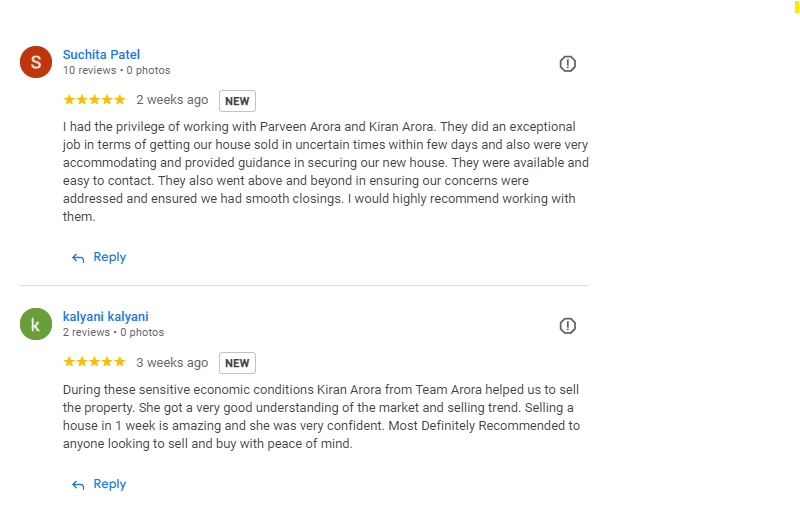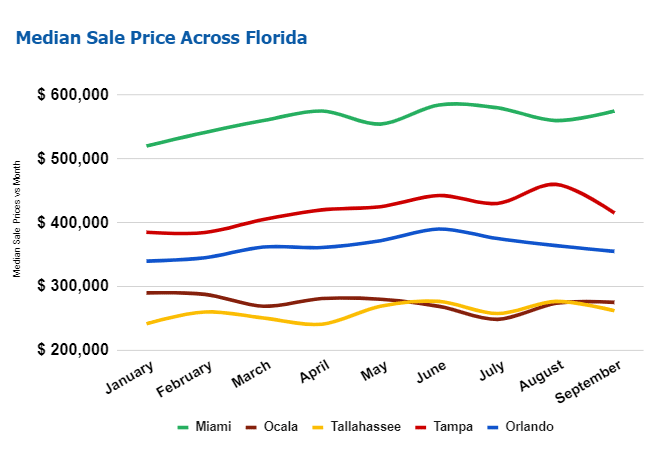Selling a home can be a daunting task, especially when it doesn’t sell as quickly as expected. The frustration of having your property sit on the market without any offers can be overwhelming, and it may seem like there’s no solution in sight. However, there are strategic steps you can take to turn things around. At Team Arora, we specialize in helping homeowners successfully sell properties that haven’t sold, ensuring a smooth and profitable transaction.
Why Homes Don’t Sell: Common Pitfalls
Before diving into the solutions, it’s essential to understand why your home might not have sold in the first place. Here are some common reasons:
- Pricing Issues: Overpricing is the most common reason a home fails to sell. Buyers are savvy and have access to a wealth of information, so if your home is priced significantly higher than comparable properties, it’s likely to be overlooked.
- Poor Presentation: A cluttered, outdated, or poorly staged home can turn off potential buyers. First impressions matter, and if your home doesn’t present well, buyers may pass it by.
- Ineffective Marketing: In today’s digital age, simply listing a home on the MLS isn’t enough. If your home hasn’t been marketed effectively, it may not be reaching the right audience.
- Location Challenges: Sometimes, the location of your home may present unique challenges. Whether it’s noise, traffic, or proximity to less desirable areas, these factors can impact buyer interest.
- Market Conditions: External factors, such as a slow real estate market or economic downturns, can also affect the sale of your home. In uncertain times, buyers may be more cautious, leading to longer listing periods.
How to Sell a Home That Didn’t Sell: Expert Strategies
Now that you understand the common pitfalls, let’s explore actionable strategies to get your home sold. At Team Arora, we have a proven track record of turning around challenging listings. Here’s how:
1. Reevaluate Your Pricing Strategy
As mentioned earlier, pricing is critical. If your home didn’t sell, it might be time to reassess the price. This doesn’t necessarily mean lowering the price drastically, but rather ensuring it’s competitive with similar homes in your area.
Tip: Work with a real estate professional to conduct a thorough market analysis. This will help you determine a realistic and competitive price for your home.
2. Enhance Your Home’s Curb Appeal
Curb appeal is the first thing potential buyers see, and it sets the tone for their entire viewing experience. If your home lacks curb appeal, it might be driving buyers away before they even step inside.
Tip: Consider simple updates like fresh paint, new landscaping, or even just a well-maintained lawn. These small changes can make a significant difference in attracting buyers.
3. Invest in Professional Staging
A professionally staged home showcases its best features and helps buyers visualize themselves living there.
Tip: Declutter, depersonalize, and stage each room to highlight its purpose and potential. Professional staging services can enhance your home’s appeal and make it stand out in a crowded market.
4. Leverage High-Quality Photography and Virtual Tours
In today’s digital age, buyers often make decisions based on online listings. If your home’s photos are dark, blurry, or unprofessional, it can hurt your chances of attracting buyers.
Tip: Invest in high-quality photography and consider offering virtual tours. These tools allow buyers to experience your home from the comfort of their own space, increasing the likelihood of them scheduling an in-person visit.
5. Expand Your Marketing Reach
If your home didn’t sell, it’s possible that it wasn’t reaching the right audience. Expanding your marketing reach can help you connect with more potential buyers.
Tip: Utilize social media, email marketing, and targeted online ads to promote your home. Additionally, consider hosting open houses or virtual events to generate interest and attract more potential buyers.
6. Address Any Objections
Sometimes, potential buyers may have objections that prevent them from making an offer. Whether it’s concerns about the condition of the home, the neighborhood, or other factors, addressing these objections head-on can help you overcome them.
Tip: Gather feedback from previous showings and work to address any common concerns. This might involve making repairs, offering incentives, or providing additional information about the neighborhood.
Why Choose Team Arora?
At Team Arora, we understand the frustration of a home that didn’t sell, and we’re here to help. Our team of experienced real estate professionals is dedicated to providing personalized service and expert guidance to ensure your home sells quickly and at the right price.

Client Success Story:

One of our clients, Suchita Patel, shared her experience working with us:

“I had the privilege of working with Parveen Arora and Kiran Arora. They did an exceptional job in terms of getting our house sold in uncertain times within a few days and also were very accommodating and provided guidance in securing our new house. They were available and easy to contact. They also went above and beyond in ensuring our concerns were addressed and ensured we had smooth closings. I would highly recommend working with them.”
Suchita’s story is just one example of how our team goes above and beyond to deliver results, even in challenging market conditions.
What to Expect When You Work with Us
When you choose Team Arora, you’re not just getting a real estate agent—you’re getting a partner dedicated to your success. Here’s what you can expect:
- Comprehensive Market Analysis: We start by thoroughly analyzing the market to determine the best pricing strategy for your home.
- Personalized Marketing Plan: We create a tailored marketing plan designed to reach the right buyers and showcase your home’s best features.
- Professional Staging and Photography: We coordinate with top-notch stagers and photographers to present your home in the best light.
- Expert Negotiation: Our team is skilled in negotiation, ensuring you get the best possible price and terms for your home.
- Ongoing Support: We’re with you every step of the way, from listing to closing, providing guidance, support, and clear communication throughout the process.
Final Thoughts: Turning Challenges into Success
Selling a home that didn’t sell the first time can be challenging, but with the right strategies and expert guidance, it’s entirely possible. At Team Arora, we’re committed to helping you achieve your real estate goals, even in the most challenging circumstances.
If you’re ready to get your home sold, don’t hesitate to reach out to us. Let’s work together to turn your listing into a success story.









